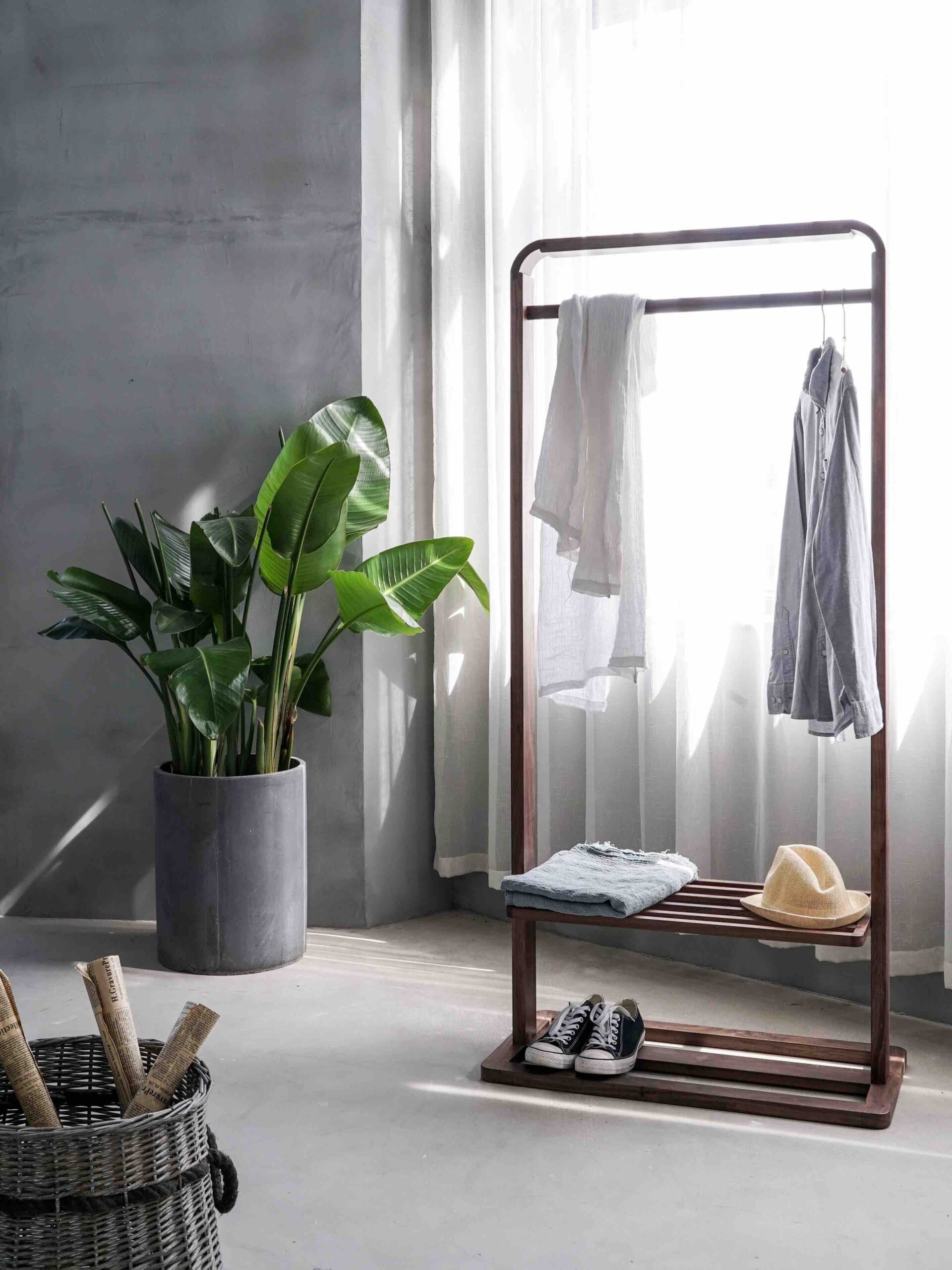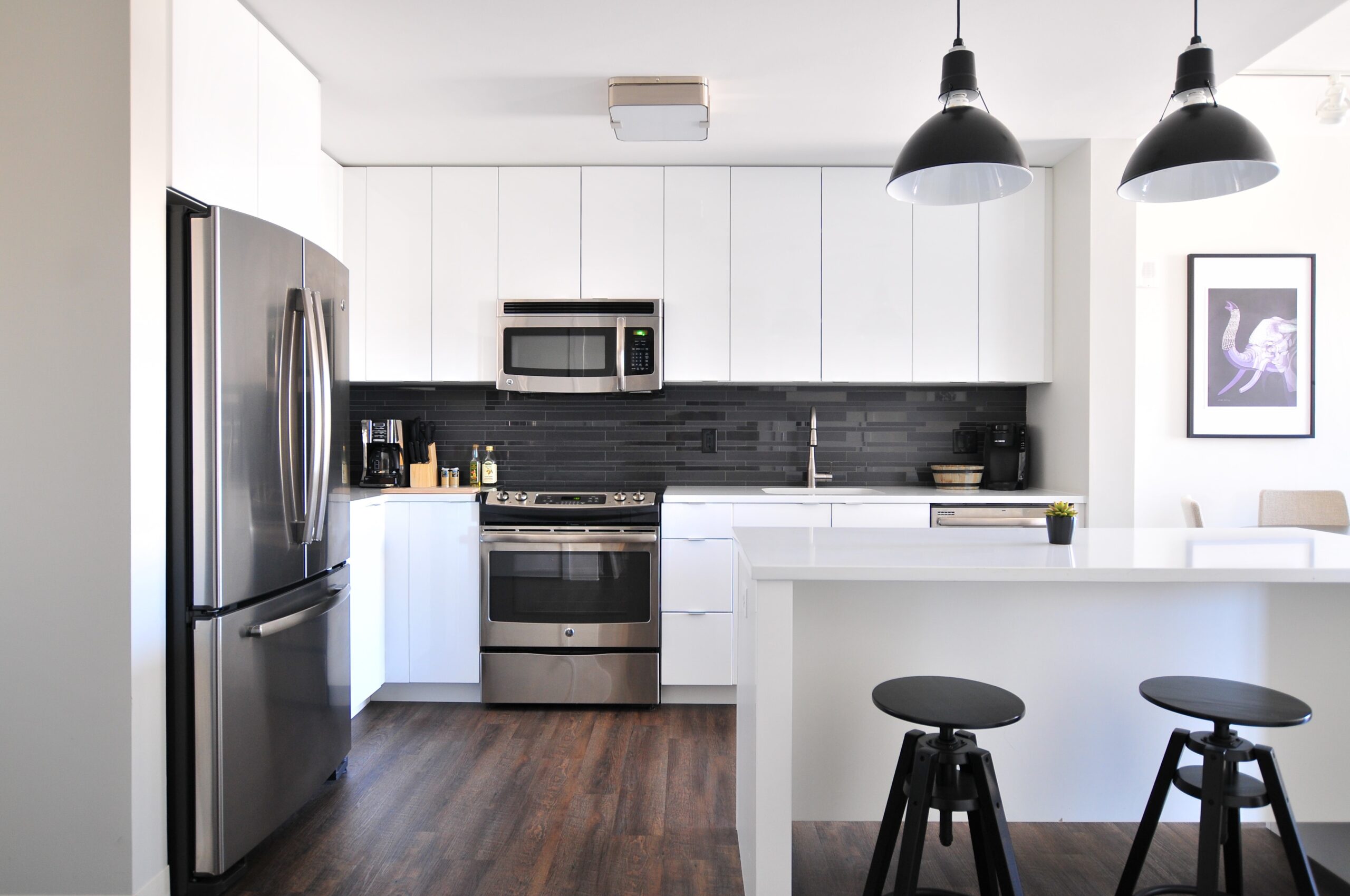When it comes to creating a comfortable and inviting space, interior design plays a crucial role. It is not just about making a room look visually appealing; it is about creating an environment that enhances our well-being and improves our quality of life. Whether it is our homes, offices, or any other space we spend time in, the design choices we make can have a significant impact on our overall experience. In this article, we will explore why interior design is important and how it can transform a space.
1. Enhancing Functionality
One of the primary purposes of interior design is to optimize the functionality of a space. A well-designed room takes into consideration the needs and activities of the people who will be using it. By carefully planning the layout, selecting appropriate furniture, and considering the flow of movement, interior designers can create spaces that are efficient and practical.
For example, in a kitchen, the design should prioritize functionality by ensuring that the appliances, work surfaces, and storage areas are easily accessible and organized. Similarly, in an office, the layout should promote productivity and collaboration by providing comfortable workstations and well-designed meeting areas.
2. Creating aesthetic appeal
Interior design is often associated with creating visually pleasing spaces, and rightly so. Aesthetics play a crucial role in how we perceive and experience a room. The colors, textures, patterns, and overall design style can evoke specific emotions and set the tone for the space.
For instance, a living room with warm, earthy tones and cozy furniture can create a sense of comfort and relaxation. On the other hand, a modern and minimalist design with clean lines and neutral colors can convey a sense of sophistication and simplicity.
3. Reflecting personal style
Interior design allows individuals to express their personal style and preferences. It is an opportunity to create a space that reflects who we are and what we value. Whether it is through the choice of furniture, artwork, or decorative elements, interior design enables us to curate a space that feels uniquely ours.
By incorporating elements that resonate with our personality, we can create a sense of belonging and connection to our environment. This is particularly important in our homes, where we seek comfort, relaxation, and a place to recharge.
4. Improving well-being
Interior design has a significant impact on our well-being. A well-designed space can promote feelings of calmness, happiness, and productivity, while a poorly designed space can have the opposite effect. Elements such as natural light, proper ventilation, and ergonomic furniture can contribute to a healthier and more comfortable environment.
Additionally, interior design can also address specific needs and considerations, such as creating accessible spaces for individuals with disabilities or designing therapeutic environments for healthcare facilities. By taking into account the physical, emotional, and psychological needs of the users, interior design can positively influence our overall well-being.
5. Increasing property value
Investing in quality interior design can significantly increase the value of a property. A well-designed space is more likely to attract potential buyers or tenants and can command a higher price. Whether it is a residential property or a commercial space, the attention to detail and thoughtful design choices can make a significant difference in its market appeal.
Furthermore, interior design can also help in maximizing the functionality and efficiency of a space, making it more desirable and valuable in the long run.
In conclusion, interior design is not just about aesthetics; it is about creating spaces that are functional, visually appealing, and conducive to our well-being. By understanding the importance of interior design, we can make informed choices when it comes to creating spaces that truly enhance our lives.

